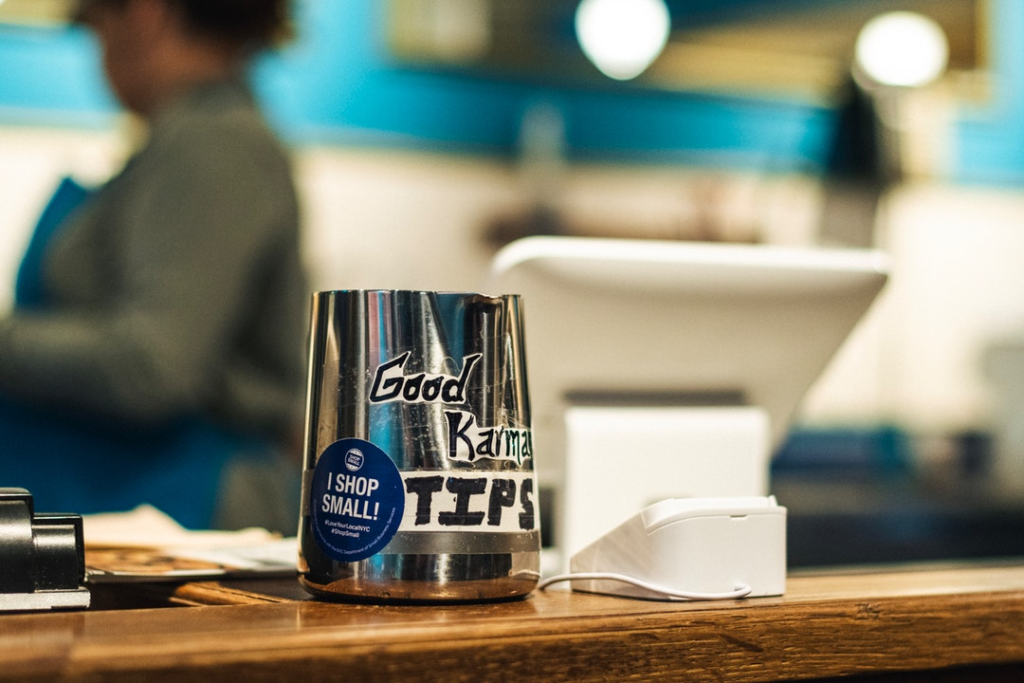I get a lot (like at least 10–20 new ones a month) of pitches from FinTech startups who want to disrupt the payment industry. They range from ‘pay at the table’ to ‘new payment methods’ to a ‘debit card for kids’… and those are only the pitches I heard from startups last week.
The value propositions are always the same — a combination of the following:
- Millennials are mobile first.
- Millennials and Gen Z are mobile native.
- Millennials will use our payment method if we give them a 1% cash back.
- Millennials will use our payment method because of the social media aspect of our product
- Millennials will use our payment method because it’s not a credit card.
- Merchants will sign up to accept our payment type because we are charging the 1–2% lower fees than the 2.5% — 3% from Visa, Mastercard, or AMEX.
- AliPay and WeChat Pay are so successful in China, we can do it in the USA.
I have two millennial daughters, they are mobile first and mobile native, but they are not going to use some alternative payment method for 1% cash back when they get 5% cash back from their Amazon Prime card when shopping at Amazon, 2% at restaurants and gas stations and 1% everywhere else. Being young, does not mean they automatically disavow credit and debit cards loyalty, or merchant perks.
Venmo is touting their social aspect of the app, but the actual value proposition is the network effect of everyone around you on a single, quick platform. In their enrollment packages, colleges ask incoming freshmen to sign up Venmo because they will be using it in school to pay their friends and parents can easily send them money. Social has nothing to do with it, it is their peer groups. It isn’t the networking within the app, it’s the peer pressure outside the app that perpetuates it. When they graduate from college, they carry their Venmo account with them into the workplace.
The first group of merchants these startups focus on are usually small merchants with less than $1 Million in revenue. Almost 80% of the revenue for businesses this size is paid for with credit and debit cards. At 2.5% transaction fees, the bank fee is $20,000 per year, if the new payment method replaced 10% of these transactions, with 1.25% instead of 2.5%, it will save the merchants only $1,000 per year. It is less than $100 per month which will hardly impact the business. If $100 per month of savings makes or breaks this business, it has a much larger problem than credit card fees.
I don’t even want to start on why the success of AliPay and WeChat Pay in China can have any meaning in the US market. To make it worse, the founders of these startups making the pitch have never even set foot in China. The success of AliPay and WeChat Pay requires a complete business case study of its own. China has a unique app marketplace, and trying to copy and paste a successful playbook from China into the US market is a guaranteed way to go out of business.
Payment products in the USA with actual success are Venmo and PayPal One Touch. Their success is based on the following;
- Changing consumer behavior
- Leveraging a network effect
- Delivering a solid revenue growth for merchants
Millennials are using Venmo to pay their friends for every day spending – from lunch to rent. Their parents are sending money to their kids on Venmo; it is inconvenient for millennials to function if they do not have Venmo. The changing behavior is driven by the fact that it is free to send money to your friends and family as long as you withdraw it directly from your bank account. Using Venmo at the store is a completely different story. Venmo is not able to get users to pay with Venmo at the store. Recently, Venmo issued a Venmo debit card with the MasterCard logo on it. The jury is still out on this venture.
The ‘pay with PayPal’ feature on e-commerce sites is a huge success for PayPal. The ‘pay with PayPal’ delivered an 80% conversion rate at the e-commerce checkout as compared to 20% at checkout without it, who would not want to get four times more sales?
The last bit that makes payment so difficult is the basic economics of the business. Everyone along the value chain of the payment (the POS system, the credit cards, etc.) lives off the 2.5%-3% transaction fee. This is the fee the merchant pays to the credit card company to accept their cards. Assume the startup will get ⅓ of the transaction fee or 1%. In order for the startup to get to a $100,000 ARR (Annual Recurring Revenue), it needs to have $10 million TPV (Total Payment Volume) It is the total amount of money customers actually pay for the goods and services using the payment method, which is a difficult number to get to from a standing start. At the same time, $100,000 doesn’t even cover a CTO’s payroll and benefits. iZettle operates in Europe, The United Kingdom, and South America, with 500,000 merchants and delivers approximately $10 million in revenue. It took them over eight years to get there. It is quite a success story and it is hardly repeatable, especially in market where credit card payment is commonplace. A realistic assessment of what it takes to get to this scale is a rarity in startups in the payment space.
There are three key metrics that drive the success of a FinTech Payment startup:
- An increase in net new users
- Increasing daily active users
- An increase in average ticket price
If you have identified a void in the payment value chain, and can clearly show a path to good numbers in these three key metrics, we should set up a meeting.
Pong Choa is a General Partner at Mendoza Ventures where he invests in pre-seed FinTech, AI, and Cybersecurity startups. Before starting at Mendoza Ventures, Pong was the mobile lead at Paypal and Sapient. As both a mobile and payments expert, Pong is versed in the entire payments value chain.


